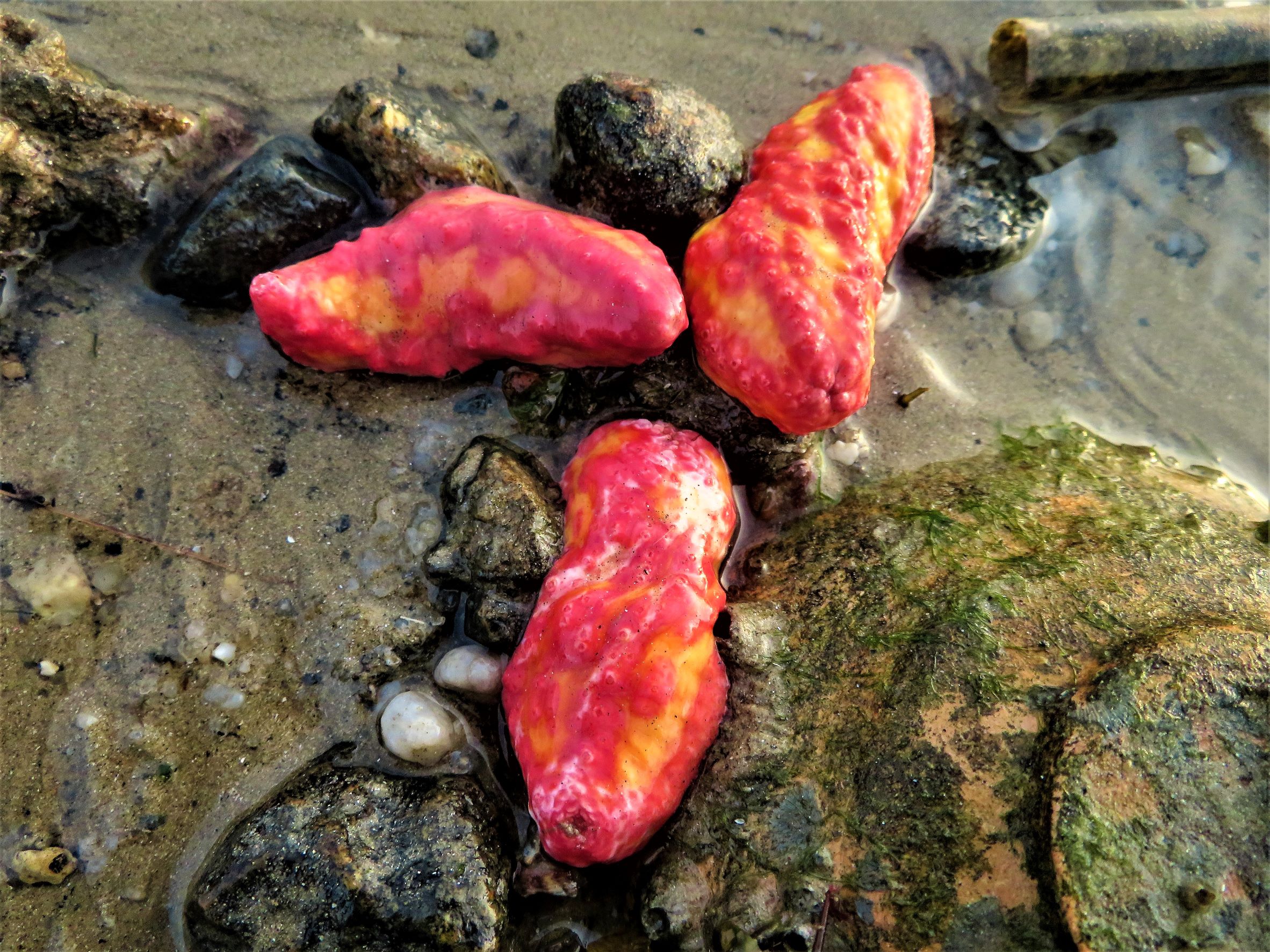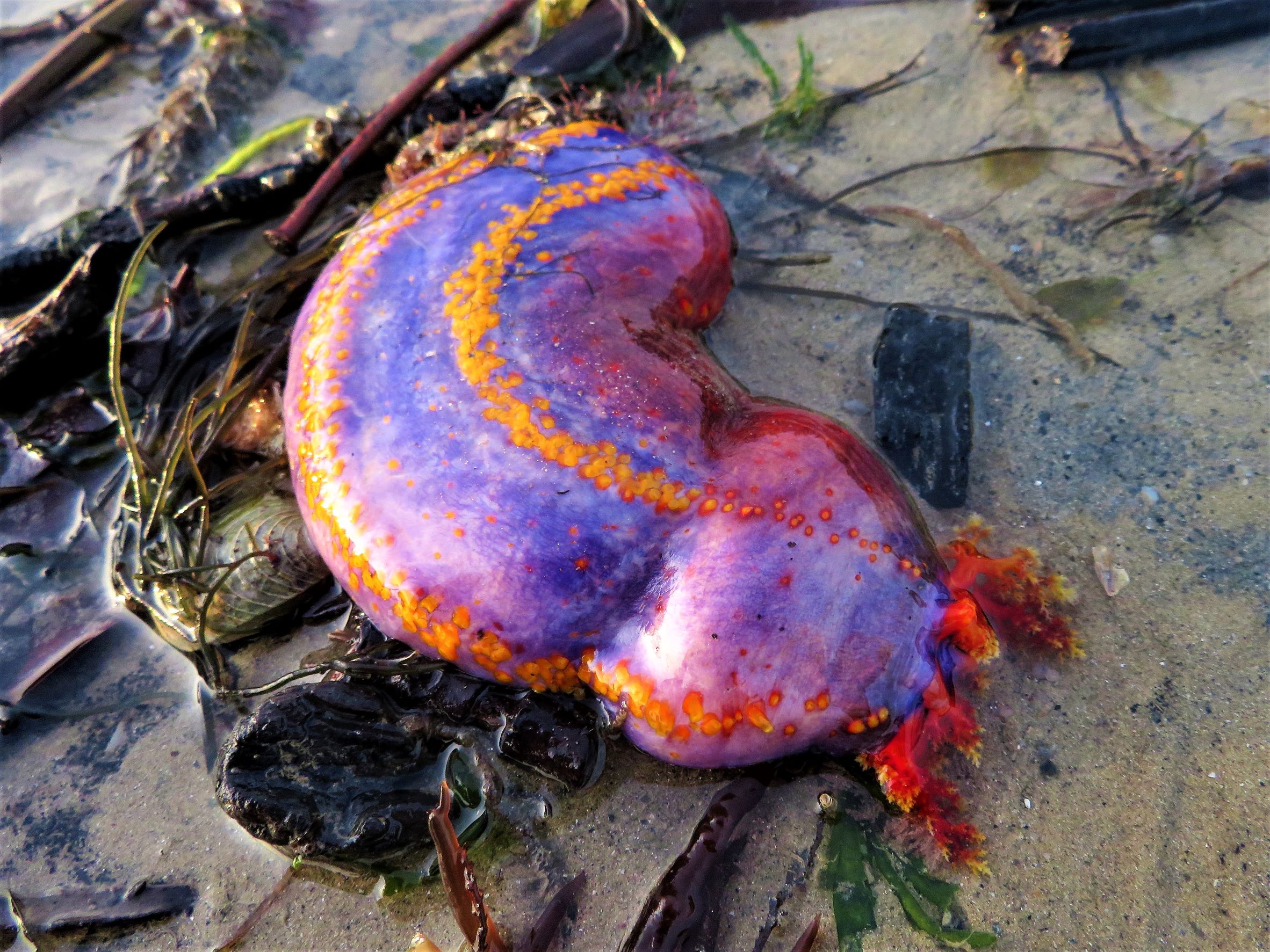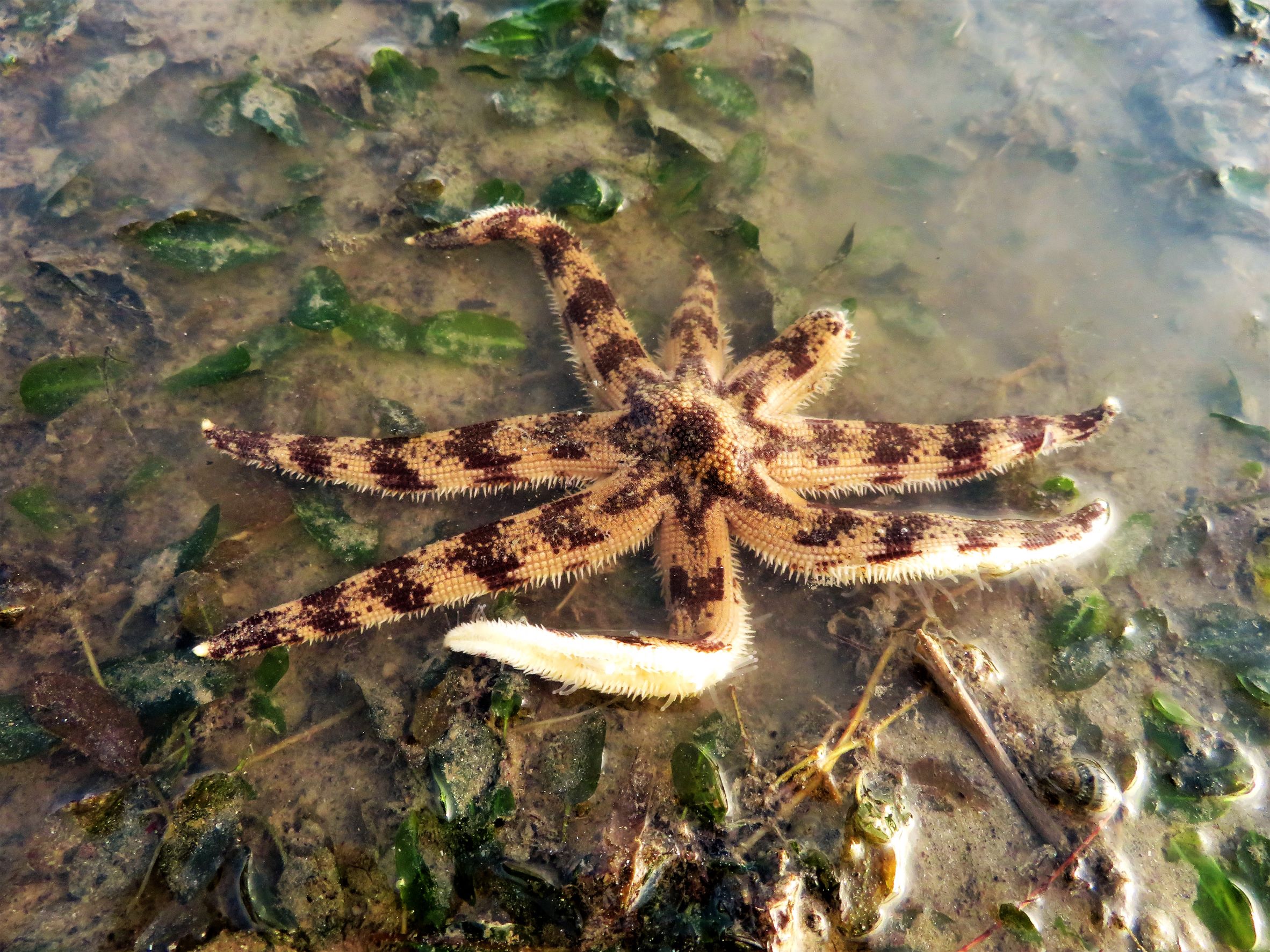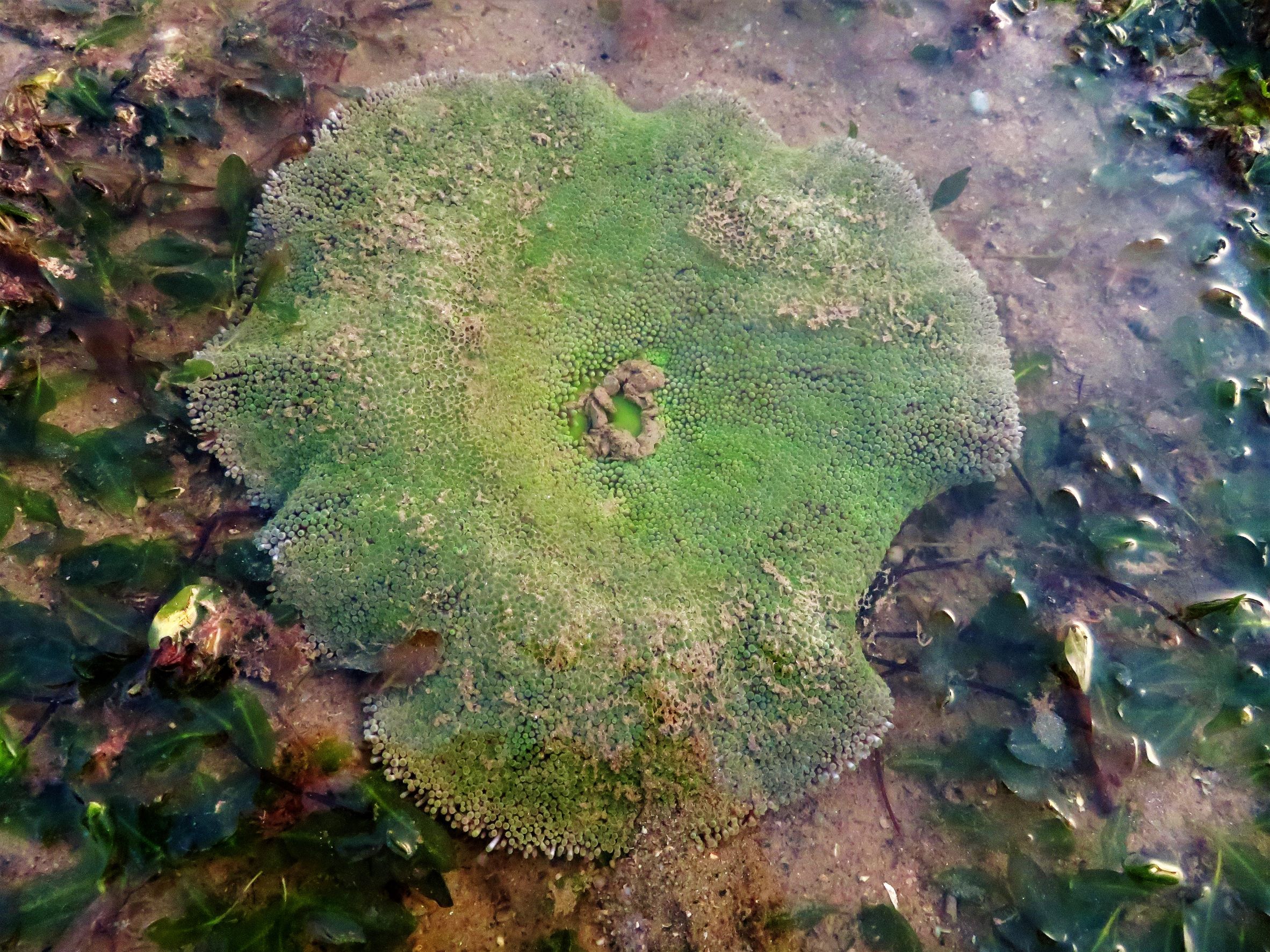Intertidal Walk at Changi Beach
Last Updated on 27 August 2021
After having explored the Changi Point Boardwalk and Changi Beach, we decided to head back here during low tide to check out the intertidal marine creatures that live on the sea shore.
The intertidal zone is the area along the shore that is usually submerged at high tide and becomes exposed at low tide. This sensitive zone is home to a large variety of interesting creatures that have developed special adaptation to survive the stressful and regularly changing environment that comes with the changing tides.
The best time to embark on an intertidal walk is at the lowest of tides – ideally when the tidal height is at 0.2 metres or below. We can easily consult the NEA website to find out the tide timings.

When we approached the sea shore of Changi Beach early one morning, we were immediately treated to a colourful display of sea cucumbers galore!
There were many many bright pink sea cucumbers hanging out in the sand. There were the pink and yellow stripy ones…

…and then there were the hot pink warty ones.

These are the Pink Warty Sea Cucumbers (Cercodemas anceps), which are actually quite common on our shores. We were surprised to learn that sea cucumbers are the most dominant creatures in the deep seafloor, comprising 90% of the total biomass in the deep sea ecosystem. It’s about time we paid more attention to them.

While trying to identify the other less brightly-coloured sea cucumbers, we managed to make out the Thorny Sea Cucumber (Colochirus quadrangularis)…

…the Smooth Sea Cucumber (Acaudina sp.)…

…and the Garlic Bread Sea Cucumber (Holothuria scabra), so named because of its large loaf-shaped body. This is one of the edible sea cucumbers that is commonly harvested and sold as a delicacy. With a name like that, it is no wonder that people are so inclined to eat them. Unfortunately, this is listed as ‘Vulnerable’ on the Red List of threatened animals of Singapore, probably contributed by over-harvesting.

We were fortunate to be able to see not just one Sea Apple Sea Cucumber (Pseudocolochirus violaceus)…

…but two Sea Apple Sea Cucumbers! Another species listed as ‘Vulnerable’, the unique and eye-catching Sea Apple Sea Cucumber is sadly also being harvested for the aquarium trade.

Besides the sea cucumbers, we were delighted to meet their close cousins – the star fish! The sea stars that we managed to make out in the sand included the Biscuit Sea Star (Goniodiscaster scaber), looking like it had just come straight out of a cookie-cutter…

…the Plain Sand Star (Astropecten indicus)…

…who loves burrowing itself in the sand…
…and the Eight-armed Sea Star (Luidia maculata), who has long pointy arms lined with tiny spines and large tube feet with pointed tips…

…which helps it to move rather quickly along the shore.
Other creatures commonly seen on the sea shore at low tide are the sea anemones, like the Haddon’s Carpet Anemone (Stichodactyla haddoni)…

…or the Mini Carpet Anemone (Stichodactyla tapetum)…

…and the crabs – lots and lots of them – including the Flower Crab (Portunus pelagicus)…

…and the hermit crabs. It is not so easy to spot the hermit crab, because he likes to borrow the shells of crustaceans and make them his home. All we can see are his tiny legs sticking out of the shell.

It is much easier to spot him when he is on the move. Watch him do the crab walk in the video below! At one point, he crawls over a Thorny Sea Cucumber and attempts to feed off the poor cuke’s body!
There are other coastal areas in Singapore where we can encounter such abundant marine life, including Pasir Ris Park, Coney Island, Chek Jawa in Pulau Ubin, St John’s Island and Sister’s Island. In order to fully appreciate these wonderful sea creatures, it would be best to join a guided intertidal tour. And the best way to enjoy the marine life is to come armed with, not a bucket and shovel, but a camera and a handy guide with tips on the various creatures that can be spotted on our shores.